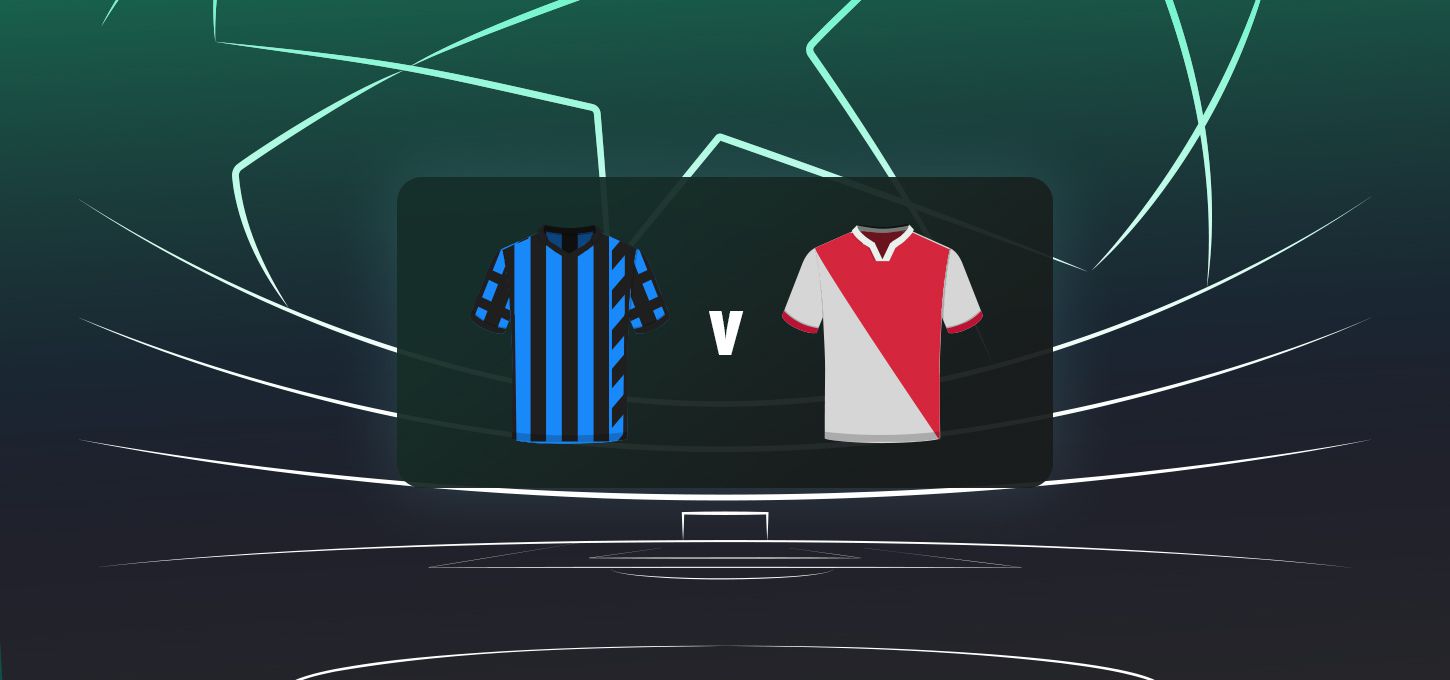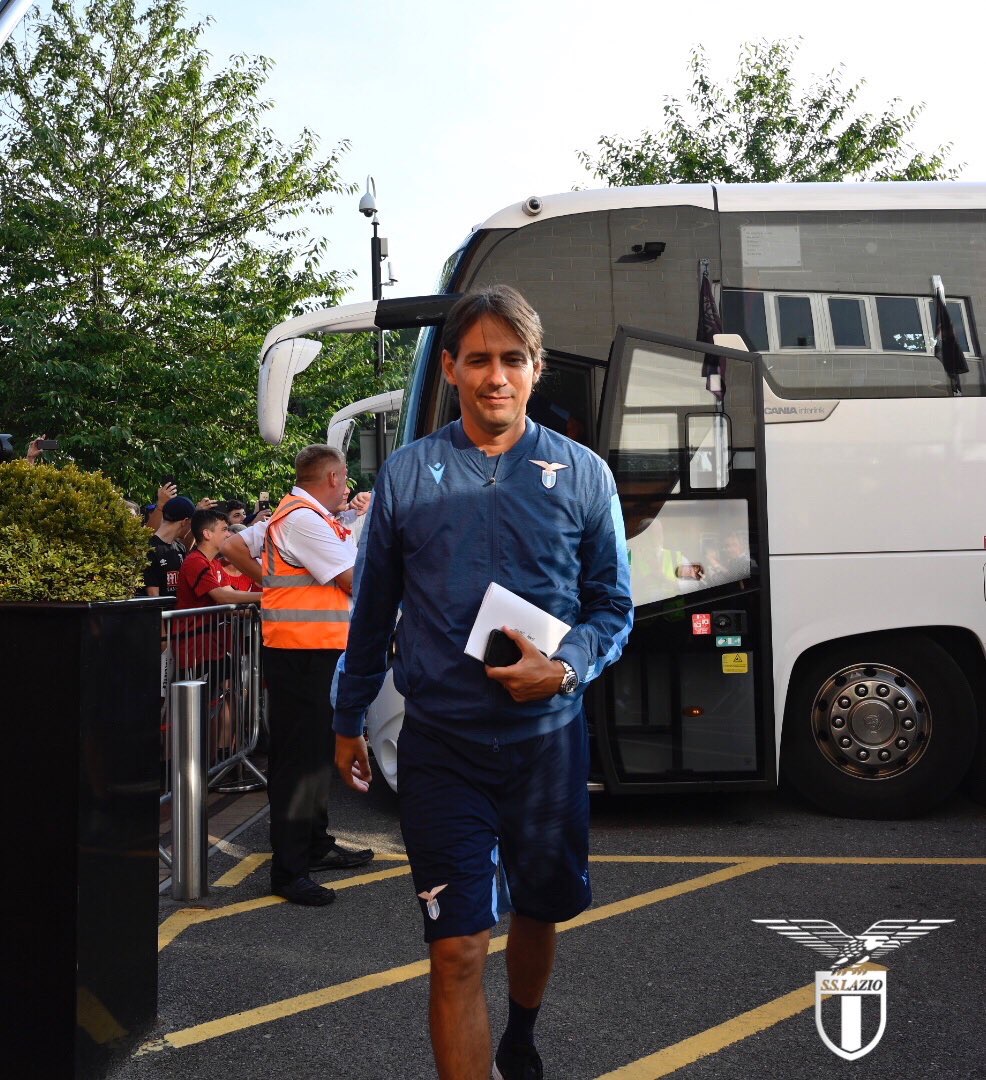
Simone Inzaghi's tenure at Inter Milan has been marked by a tactical evolution that has reinvigorated the club's Serie A campaign. The Italian manager has effectively utilized the classic 3-5-2 system, a formation that has long been a staple in Italian football, but with his own innovative twists that have given Inter a competitive edge both domestically and in European competitions.
The Inception of the 3-5-2
Inzaghi's preference for the 3-5-2 formation wasn't a mere replication of a past ideology; it was a strategic choice tailored to the strengths of his squad. The setup provides a robust defensive framework with three center-backs, ensuring solidity against opposition attacks while allowing wing-backs to press higher up the pitch. This duality of defense and attack is central to Inzaghi's tactical philosophy.
Underpinning this formation is a midfield trio that balances creativity and grit. The midfielders serve as the engine room, orchestrating play transitions and providing coverage for the wing-backs as they surge forward. This approach not only fortifies the defensive structure but also facilitates swift counterattacks—an area where Inter thrives.
Defensive Solidity and Flexibility
The defensive trio has been instrumental in Inter's ability to maintain a low goals-conceded record. Each center-back has a specific role: the central defender acts as the sweeper, while the outer defenders are tasked with closing down wingers and supporting the wing-backs. This setup allows Inter to maintain a compact shape, reducing spaces for opponents to exploit.
Simone Inzaghi's tactical acumen is evident in his use of players like Milan Skriniar and Alessandro Bastoni, who are adept at playing out from the back. Their ability to carry the ball forward and initiate attacks from deep positions adds another dimension to Inter's play. This flexibility in transitioning from defense to attack is a hallmark of Inzaghi's system.
The Role of Wing-Backs
Wing-backs are pivotal in Inzaghi's formation, acting as the primary outlets on the flanks. Players like Denzel Dumfries and Federico Dimarco have been utilized effectively to stretch the play, providing width and delivering crosses into the box. Their stamina and tactical awareness are crucial as they are required to contribute both offensively and defensively.
This reliance on wing-backs to create width and offer additional attacking options is reminiscent of the classic Italian systems but with a modern twist. Inzaghi encourages them to press high and recover quickly, which disrupts the opposition's rhythm and forces errors.

Midfield Dynamics
The midfield is the heartbeat of Inzaghi's 3-5-2. With Hakan Çalhanoğlu often deployed as the creative force, Inter's midfield is capable of both breaking down defenses and shielding the backline. Çalhanoğlu's vision and passing range are complemented by the industriousness of Nicolò Barella and Marcelo Brozović, who provide balance with their defensive contributions and ability to transition the ball quickly.
This trio is crucial in dictating the pace of the game. Barella and Brozović, in particular, are tasked with disrupting the opposition's play, regaining possession, and initiating counterattacks. Their synergy is a testament to Inzaghi's tactical planning and his ability to maximize player strengths.
Striking Partnerships
Upfront, the striking duo benefits from the service provided by the wing-backs and the incisive passing of the midfield. Lautaro Martínez and his partner in attack are tasked with pressing from the front, a strategy that has seen many defenses succumb to Inter's relentless forward pressure. Martínez's movement and clinical finishing make him a constant threat, while his partner's ability to hold up play and link with the midfield adds another layer to Inter's multifaceted attack.
Inzaghi's system allows for fluidity between the strikers, enabling them to interchange positions and create space for one another. This unpredictability makes it difficult for opposing defenders to effectively mark them.
Tactical Flexibility and Adaptation
One of the strengths of Inzaghi's 3-5-2 is its adaptability. The formation allows Inter to switch to a more defensive 5-3-2 when needed, reinforcing the backline with wing-backs dropping deeper. This flexibility is crucial in matches against high-caliber opponents, where holding a lead becomes paramount.
Inzaghi's ability to adapt his tactics based on the opposition's strengths and weaknesses has been a significant factor in Inter's success. His strategic adjustments during matches often tip the balance in Inter's favor, showcasing his tactical prowess.
Comparisons and Legacy
Simone Inzaghi's approach has drawn comparisons to classic Italian tactical setups, where discipline and strategic flexibility were paramount. However, it's his modern adaptations and the emphasis on dynamic play that set him apart. Inzaghi's Inter Milan is not just about defensive solidity; it's about creating a cohesive unit that functions seamlessly both in defense and attack.
The evolution of Inter under Inzaghi is a testament to the manager's tactical intelligence and his ability to extract the best from his squad. As Inter Milan continues its pursuit of domestic and European glory, Inzaghi's 3-5-2 remains central to their aspirations, a formation that embodies both tradition and innovation in Italian football.
In conclusion, Simone Inzaghi's tactical revolution at Inter Milan is a masterclass in modern football management. His 3-5-2 system is a blend of defensive resilience and attacking flair, a combination that has made Inter formidable contenders in every competition they participate in. As Inzaghi continues to refine his tactical approach, Inter Milan fans can look forward to more thrilling performances and potentially more silverware in the seasons to come.